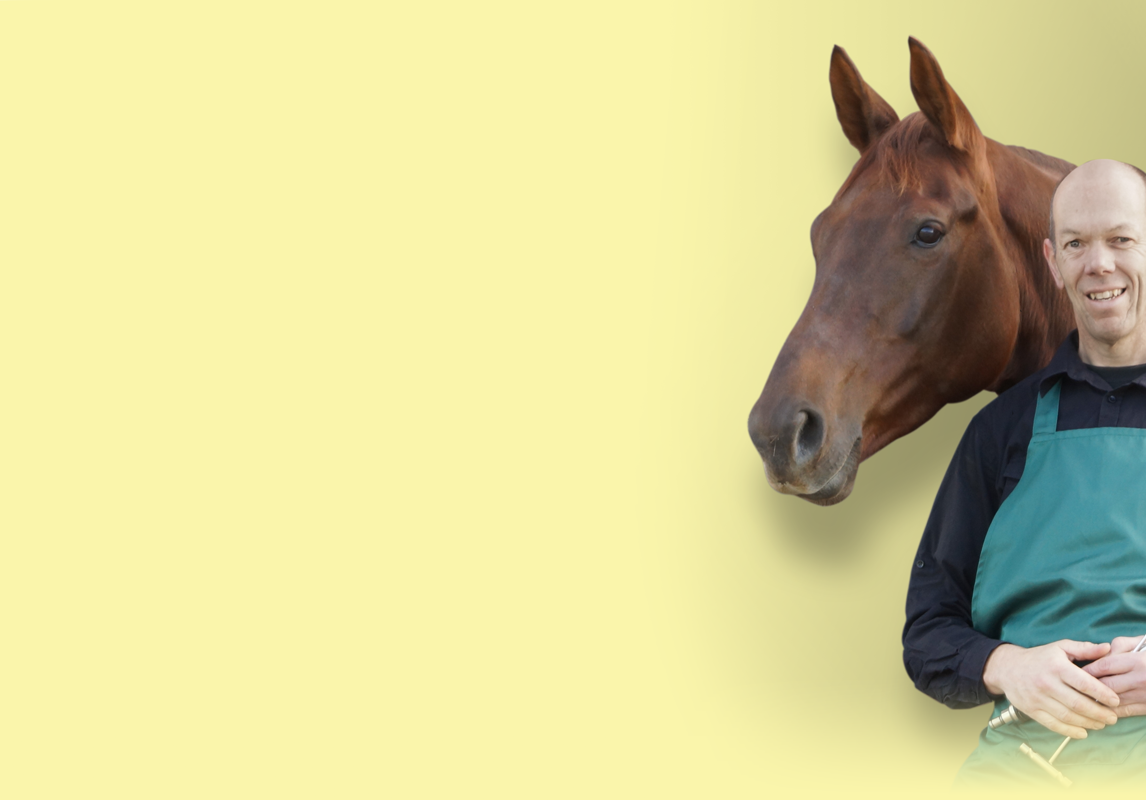The elements of the teeth require a complete book, explain about evolution, its working and care. Therefore its unexplainable in a few sentences. Hereby an explanation about the location of the elements. Additional issues about teeth can be found in my blog.
Incisors
Incisors l01-I03. These teeth are found on the front side, behind the horses’ lip. The incisors come in as baby teeth in the mouth, and later on, they are supplanted by the permanent incisors. A horse has 6 incisors in the lower jaw and 6 incisors in the upper jaw.
Hooks
Behind the incisors we will find hooks in the horse’s mouth. Usually these teeth come through around the age 4,5-5. They are placed a few centimeters behind the last tooth, in which the cutting elements in the upper jaw are usually positioned a little behind the lower hook teeth. In about 5% of the mares we find hooks.
Interdental Space
Then comes the interdental space, where we choose the place the bit in its mouth. This space is for the rider extremely important, but often underestimated in the terms of sensitivity. The skin over the lower jaw is thin, and if reckless, it can be damaged easily. Injury makes it impossible to give the horse the correct training. Therefore, caution is advised.
Molars
Next you will come across the molars. You will find wolf teeth in about 20-30% of all horses. This small element is a left over from the horse’s evolution. Horses used to have a bigger row of molars when the horse had to masticate much more rough feed like branches and leaves. Meanwhile, the row of molars of today’s horse is composed of six elements in which the first 3 elements, like the pre-molars appear in the mouth and are exchanged between the ages of 2,5-4 years old for the permanent molars. Sometimes we find horses with an element too many, Hyperdontia. Even too few elements is possible, here we speak of Hypodontia.




